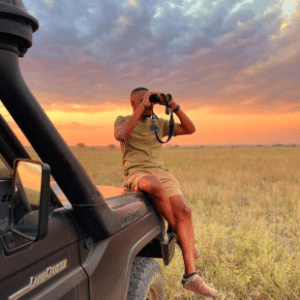🐾 Serengeti Wildebeest Migration: Witness Nature’s Greatest Wildlife Spectacle in Tanzania
Every year, the plains of Tanzania’s Serengeti National Park come alive with one of the most astonishing natural phenomena on Earth — the Great Wildebeest Migration. A moving tapestry of survival, instinct, and breathtaking beauty, this epic journey involves over 1.5 million wildebeest, hundreds of thousands of zebras, and gazelles trekking across the East African wilderness in search of fresh grazing.
If there’s one safari experience to add to your lifetime bucket list, witnessing the Serengeti Wildebeest Migration should be it.
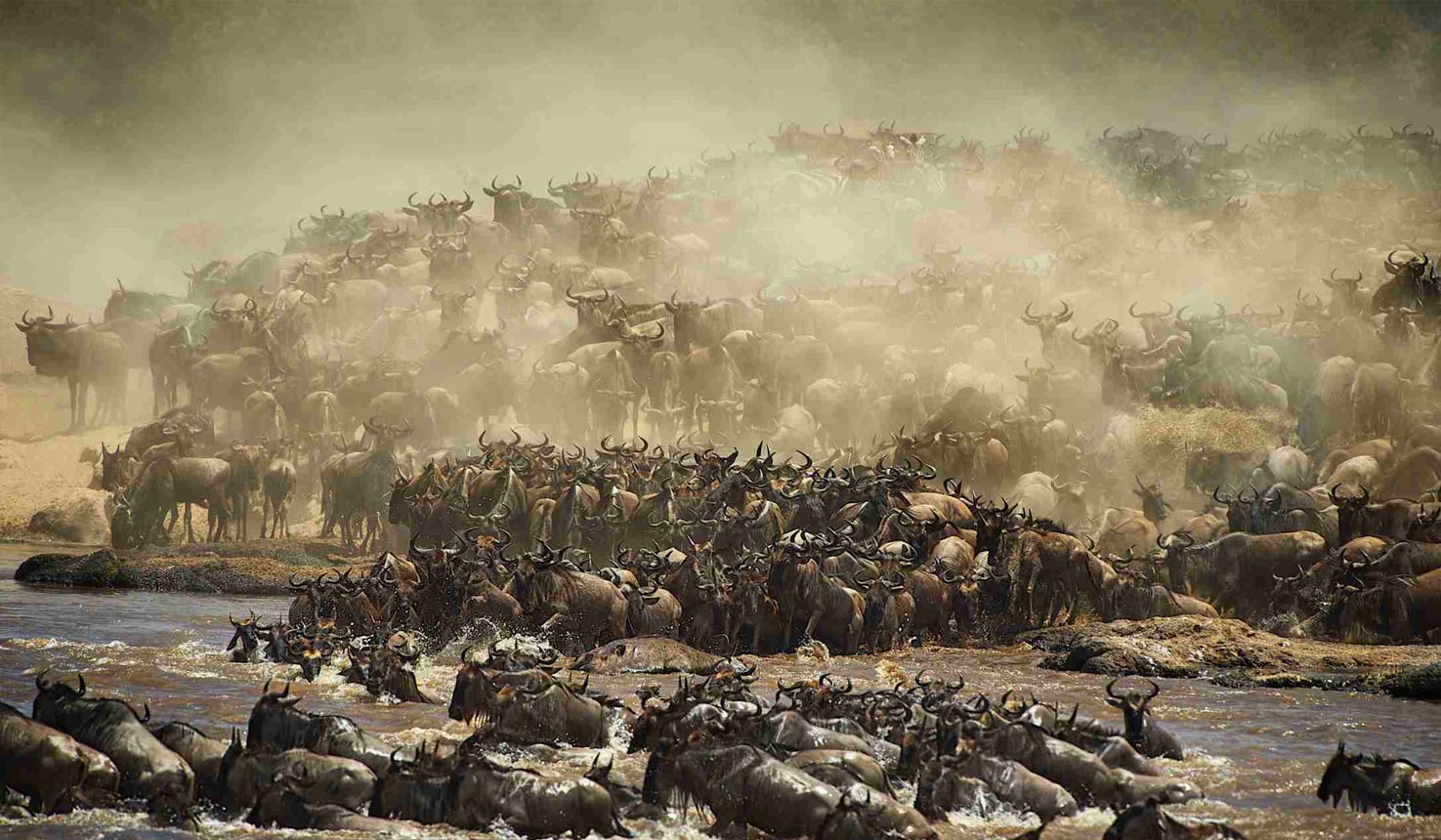
🌍 Where It All Begins: The Serengeti – “Endless Plains”
Spanning 14,750 square kilometers in northern Tanzania, Serengeti National Park is the heart of this migration. Its name, derived from the Maasai word “Siringet,” meaning endless plains, is fitting. From sweeping savannahs to acacia woodlands and river systems, the park provides an ideal backdrop for the drama of migration to unfold.
The cyclical migration is not a one-day event—it is a year-round spectacle influenced by seasonal rains, climate patterns, and grazing availability. Different parts of the Serengeti offer unique perspectives depending on the time of year, making every visit to this UNESCO World Heritage Site a one-of-a-kind encounter.
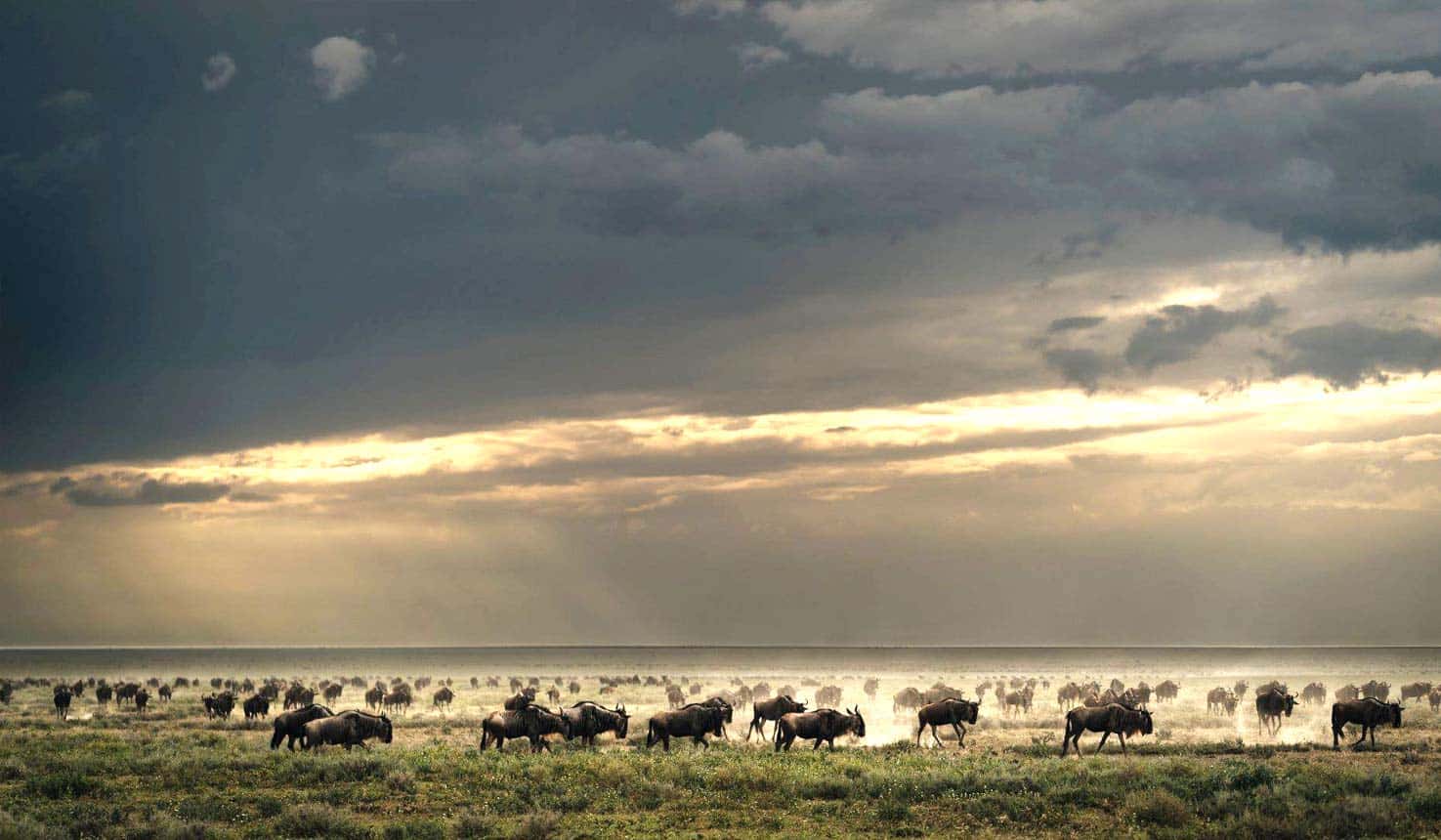
📅 When to See the Great Wildebeest Migration in Tanzania
While the migration is continuous throughout the year, the most iconic and dramatic scenes typically occur from July to October, when the herds cross into Kenya’s Masai Mara via the treacherous Mara River.
Here’s a breakdown of the migration phases in Tanzania:
January – March: Calving Season (Southern Serengeti)
- Wildebeest gather in the nutrient-rich plains of Ndutu and the southern Serengeti.
- Over 500,000 calves are born within a few weeks.
- Predators like lions and cheetahs are highly active during this time.
April – June: Migration Begins (Central to Western Corridor)
- As the dry season approaches, the herds begin their journey northwest.
- The Grumeti River in the Western Corridor presents the first challenge, filled with crocodiles and slippery crossings.
July – October: Mara River Crossings (Northern Serengeti)
- The migration peaks with dramatic crossings at the Mara River.
- This is the most photogenic and adrenaline-filled time to witness the spectacle.
November – December: Return Journey (Central Serengeti)
- With the short rains, herds gradually make their way back south to begin the cycle again.
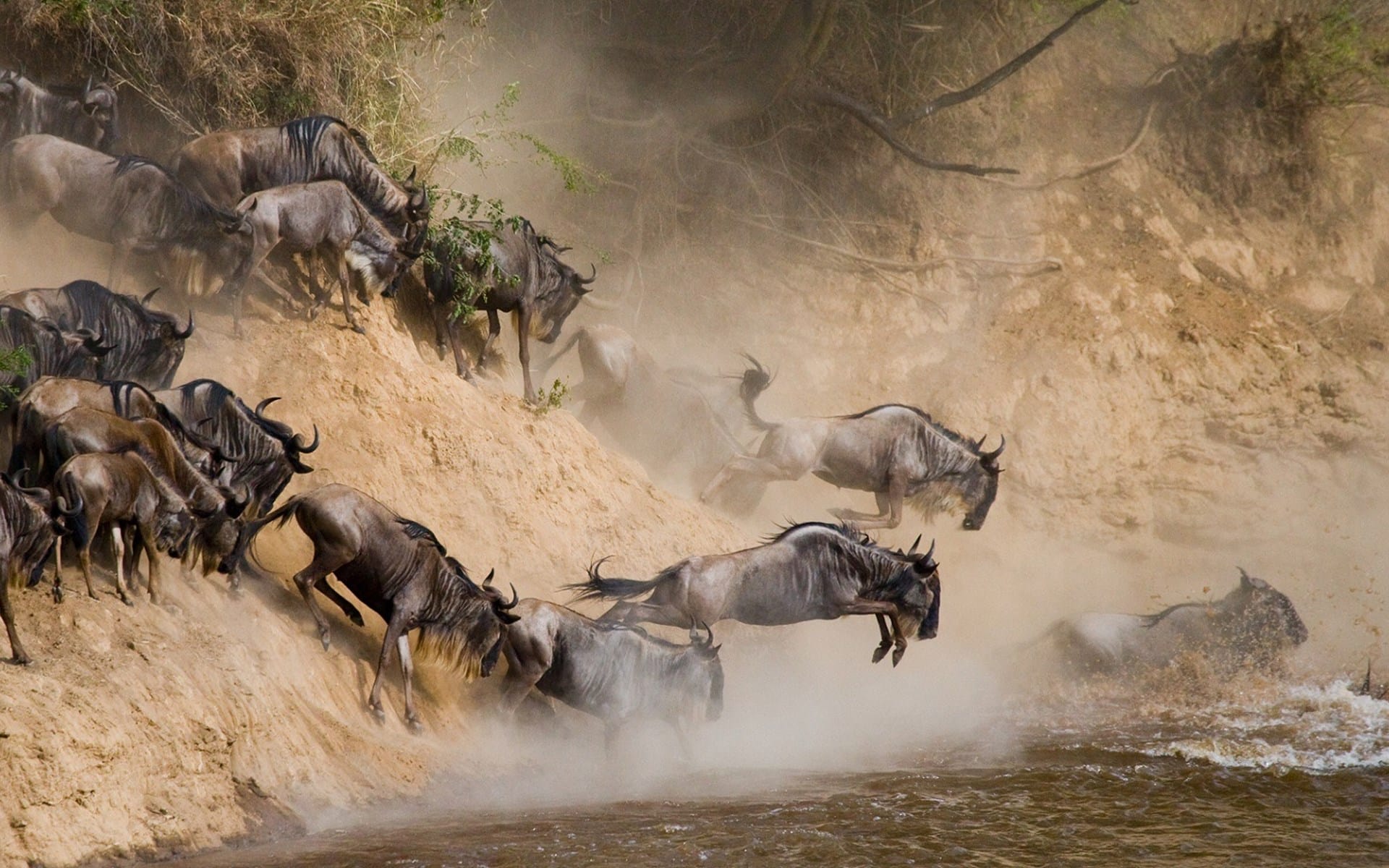
🌊 The Mara River Crossing: Nature’s Most Dramatic Scene
No wildlife experience compares to the Mara River crossing. It’s a heart-pounding display of survival instincts as thousands of wildebeest plunge into crocodile-infested waters, driven by a primal call to follow the rains.
What to Expect:
- Unpredictable timing — crossings can happen at any hour.
- Massive gatherings at the riverbank, where tension builds before the bold first leap.
- Crocodile ambushes, strong currents, and steep embankments.
Patience is key, but with the help of experienced guides and flexible itineraries, travelers can position themselves at key vantage points for a front-row seat to this spectacle of resilience.
🎈 Unique Ways to Experience the Migration
Tanzania’s safari offerings go far beyond the traditional game drive. Here are some luxury and immersive ways to witness the wildebeest migration:
🚙 Mobile Tented Camps
- These luxury camps follow the migration across the Serengeti.
- Wake up surrounded by the sounds of hooves and calls of wildlife.
🎈 Hot Air Balloon Safaris
- Take off at sunrise for a bird’s-eye view of the herds moving across golden plains.
- Finish the experience with a champagne breakfast in the wild.
🥾 Walking Safaris
- Led by trained naturalists, these safaris allow for close encounters with nature.
- A raw, intimate way to experience the Serengeti ecosystem.
📸 Photographic Safaris
- Tailored for enthusiasts, these trips provide access to prime photography locations and expert wildlife photographers.
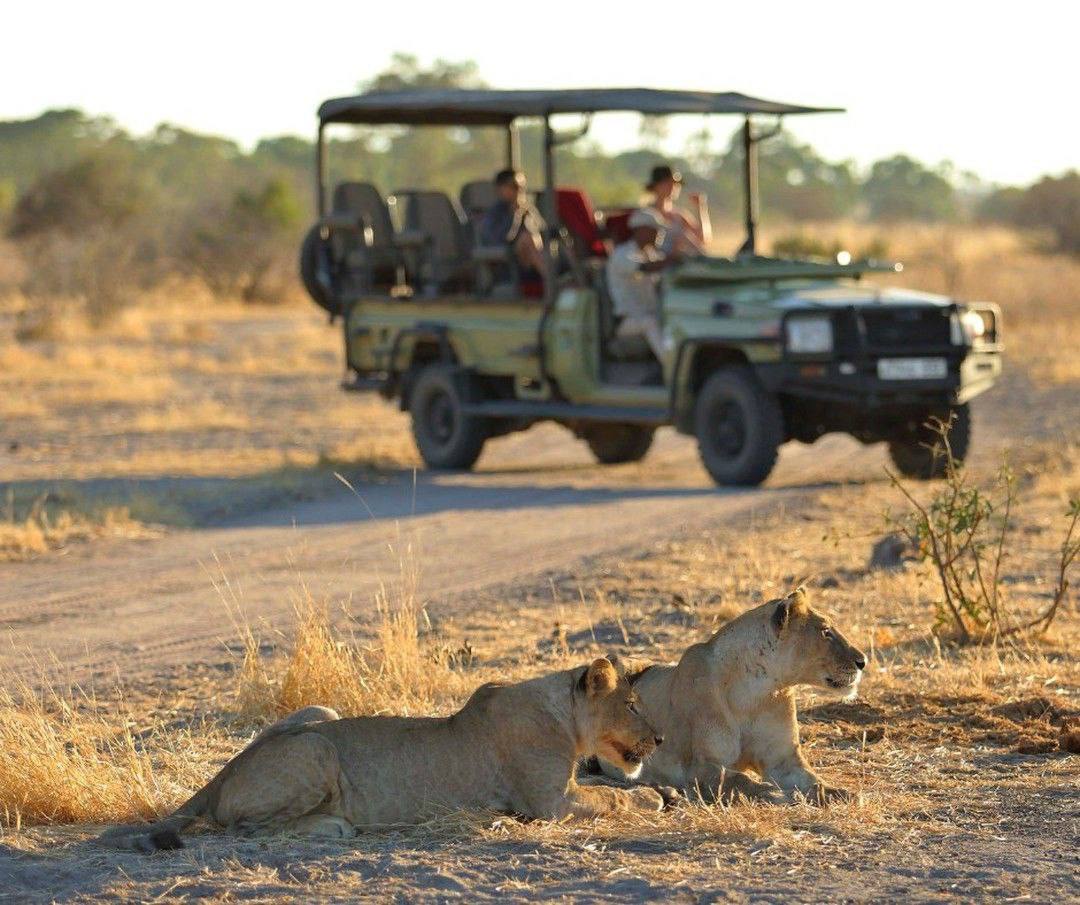
🛏️ Where to Stay: Luxury Safari Camps & Lodges
Tanzania’s luxury safari camps blend comfort, exclusivity, and location—placing you right where the action is.
Top-rated options include:
- Singita Mara River Tented Camp – Sustainability meets seclusion on the river’s edge.
- &Beyond Serengeti Under Canvas – A mobile camp offering a classic luxury safari experience.
- Lemala Kuria Hills Lodge – Nestled in the northern Serengeti with sweeping views and plush amenities.
Each property offers exceptional service, fine dining, and the thrill of nature at your doorstep.

🌿 Conservation Through Tourism
The Serengeti Migration is not just a marvel—it’s a delicate ecological rhythm threatened by climate change, poaching, and habitat disruption. By traveling with responsible operators like Great Image Expedition, your journey supports:
- Local communities through employment and cultural tourism.
- Conservation efforts to protect habitats and species.
- Education and awareness around sustainable travel in Africa.
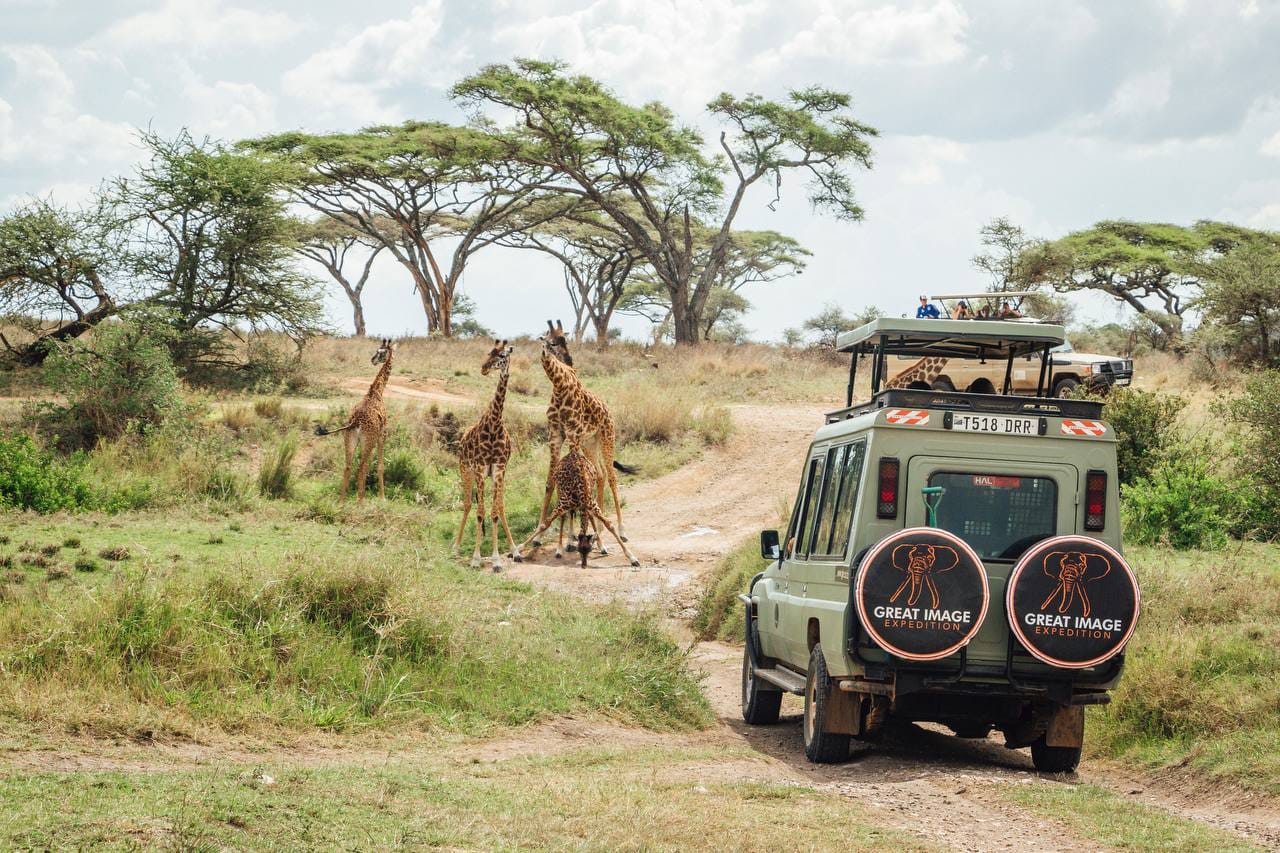
✨ Plan Your Migration Safari with Confidence
With over a decade of safari planning experience, Great Image Expedition crafts tailor-made experiences that match your style—whether it’s a family adventure, honeymoon safari, or photographic journey.
📩 Let’s Plan Your 2025 Serengeti Safari Today!
Email: info@gie.co.tz
🌐 Website: www.gie.co.tz
📞 24/7 Support | Expert Local Guides | Personalized Itineraries
🌅 Final Thoughts: Why the Serengeti Wildebeest Migration is a Must-See
The Great Wildebeest Migration is more than a safari highlight—it’s a raw, emotional, unforgettable encounter with nature at its wildest. From the thundering hooves of a million animals to the silent suspense at riverbanks, the Serengeti Migration is nature’s greatest show.
So, what are you waiting for?
Sync your pulse with the wild. Feel the ground tremble. Witness the migration.
